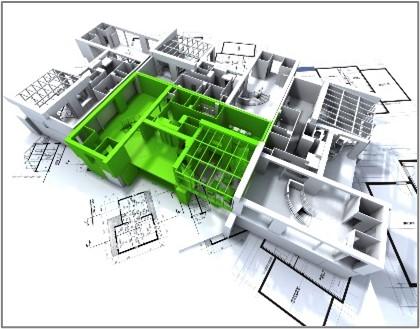
Building Basics
How to Design for Performance
Designing for optimal home energy efficiency requires a whole-house systems approach so that homeowners, designers, architects, and builders develop successful strategies during the planning period. This approach looks at the house as an energy system with interdependent parts, each of which affects the performance of the entire system. This includes factors like site conditions; local climate; appliances and home electronics; insulation and air sealing; lighting and daylighting; space heating and cooling; water heating; and windows, doors, and skylights.
Some of the most notable benefits of using a whole-house systems approach include reduced utility and maintenance costs; increased comfort; reduced noise; a healthier and safer indoor environment; and improved building durability.
In many cases, homeowners can recoup some of the costs of energy efficiency and renewable energy upgrades through rebates and other financial incentives.
Make sure the designer is experienced and knows the team is using a whole-house approach from the beginning. The designer can incorporate passive solar heating and cooling and energy-efficient landscaping strategies and compare multiple design options to arrive at the best solution.
The team’s first objective is to reduce the home’s energy load requirements as much as possible; adding the best onsite renewable energy systems that generate electricity and heat water is the next step.
An energy assessor can help to provide the Home Energy Score to rate the home's efficiency, as well as a list of potential savings.